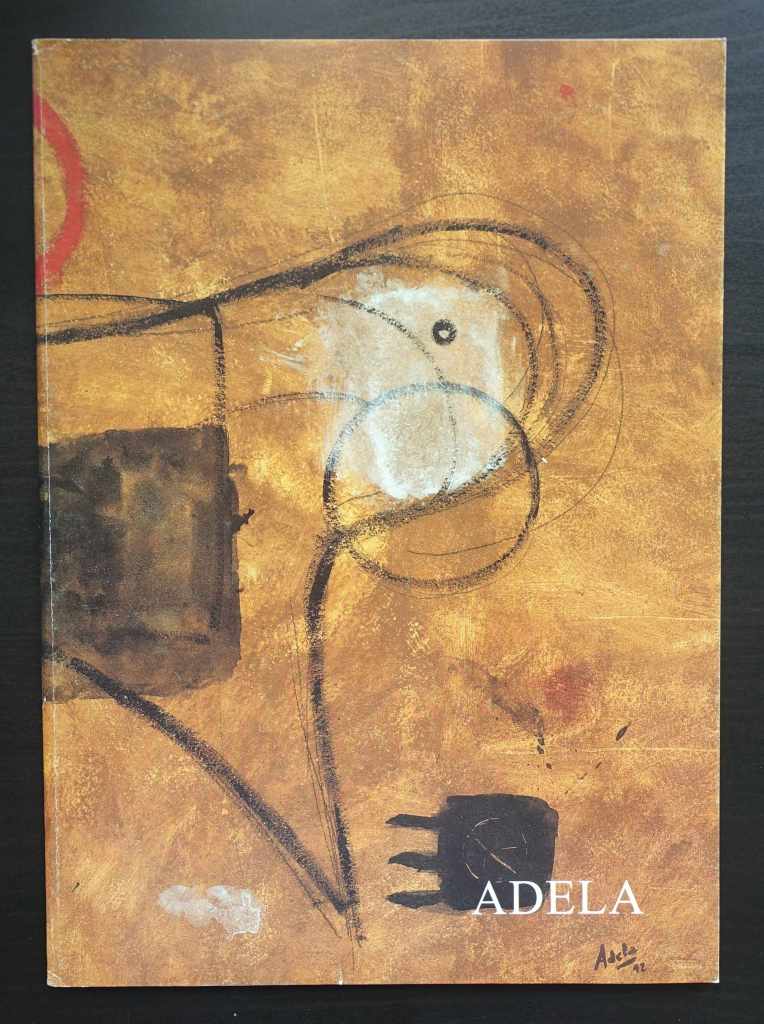
After a brief period of schooling, Eric Kengen embarked on a journey of exploring different occupations, all the while pursuing his passion for drawing.
In 1982, a series of events culminated in his inaugural exhibition, which paved the way for him to fully immerse himself in the realm of painting. This art form became a vehicle for constructing his own identity. With the passing of time, a distinctive world took shape, characterized by a unique blend of ancient gestures, intricate connections, and a human form positioned under the auspices of the enigmatic and indecisive.

Enigmatic allure, the paradoxical pursuit of truth.
Delicacy, loyalty, ancestry, sensuality, symbolic representations, and kinship: each element plays a significant role, eloquently expressed through lucid and unambiguous language.
www.ftn-books.com has the Pierre Hallet catalog now available.






















































































